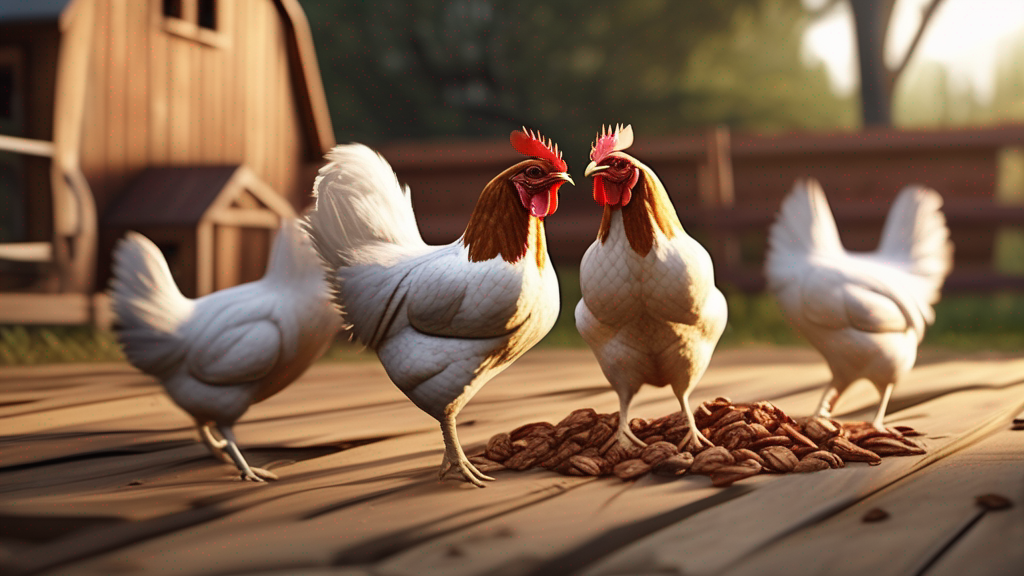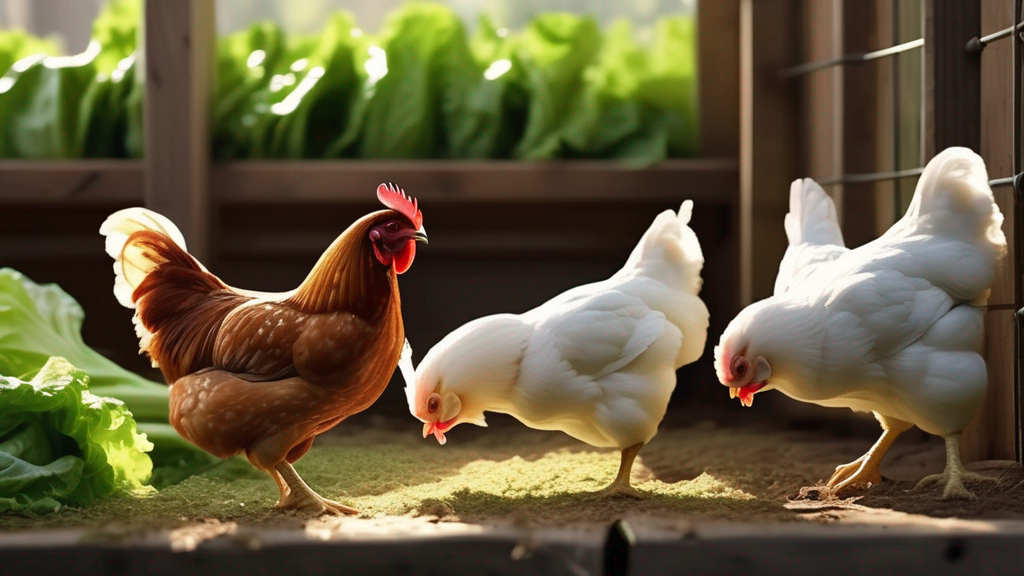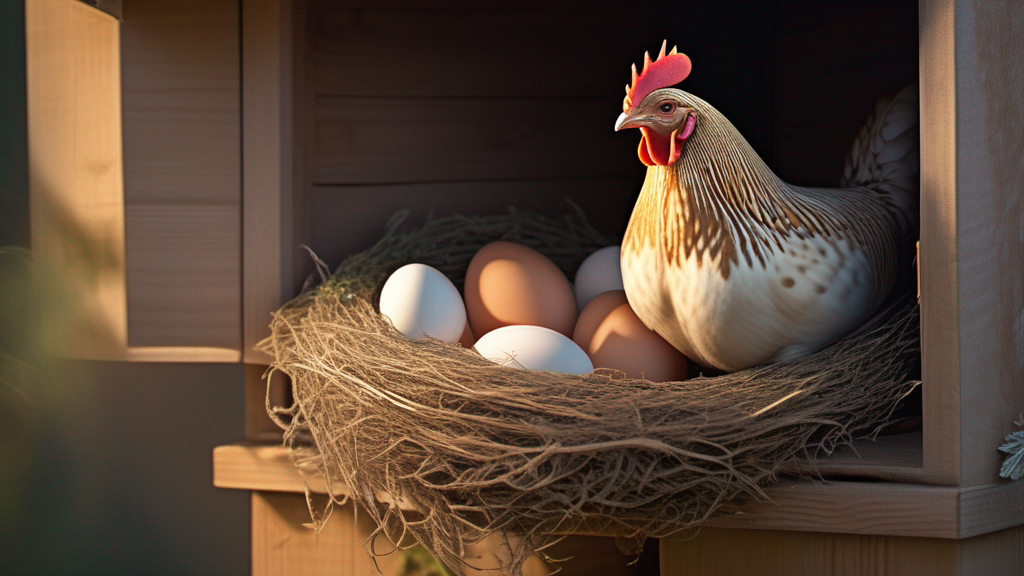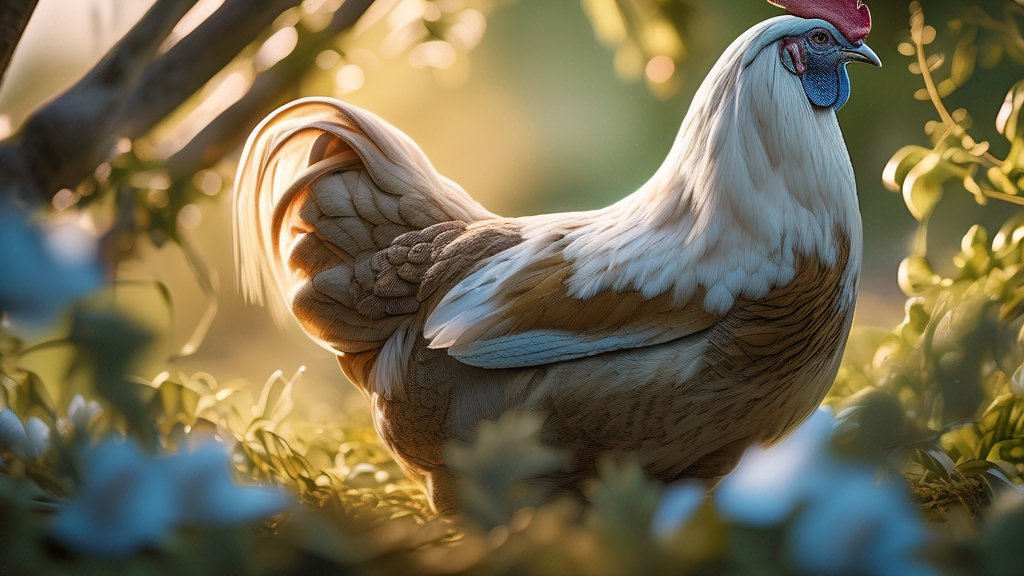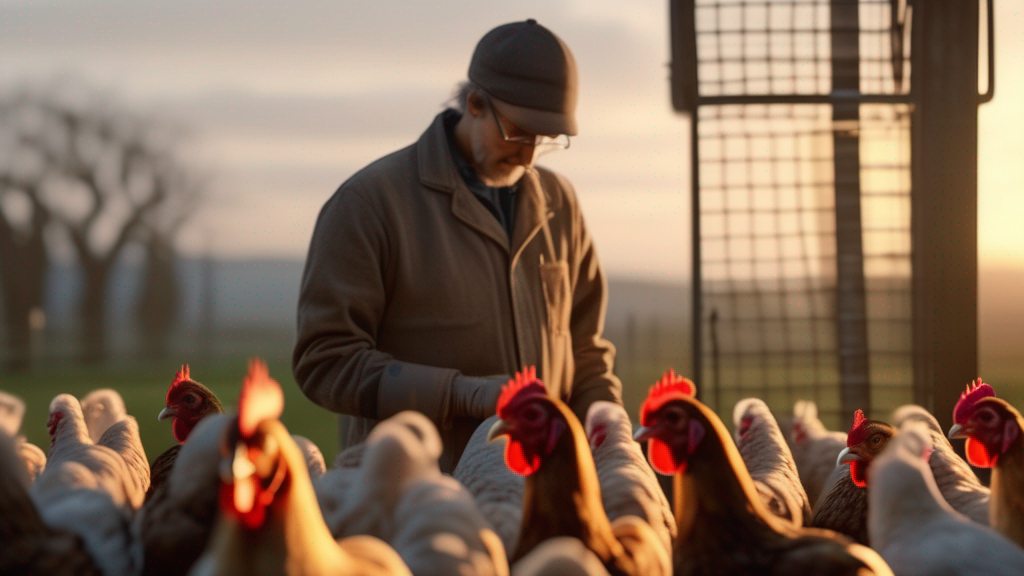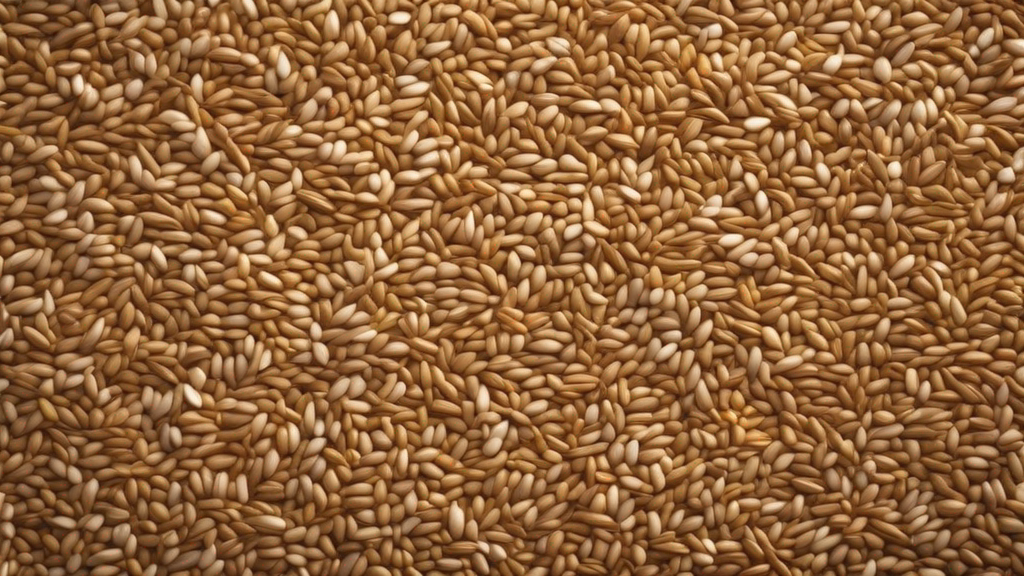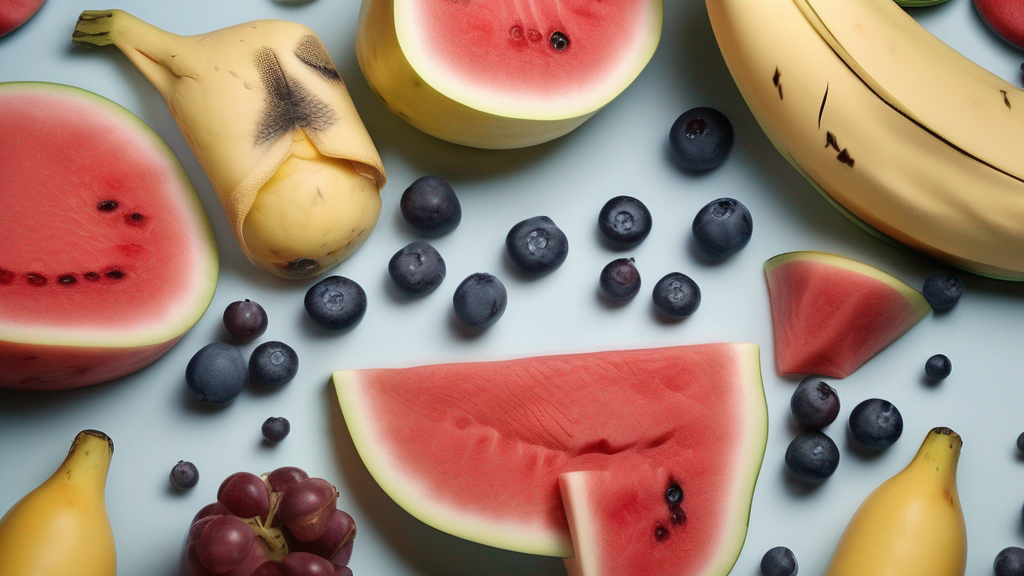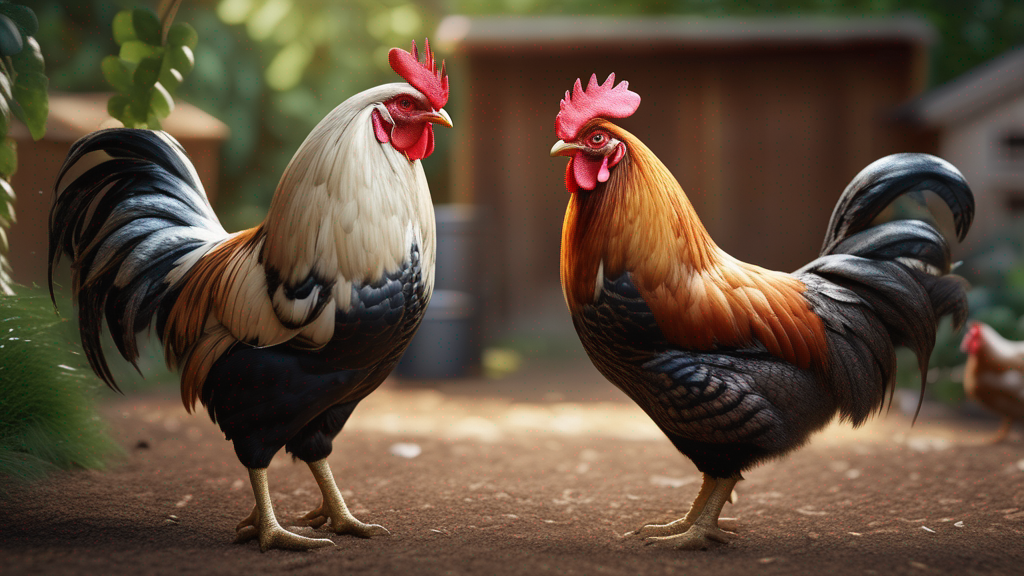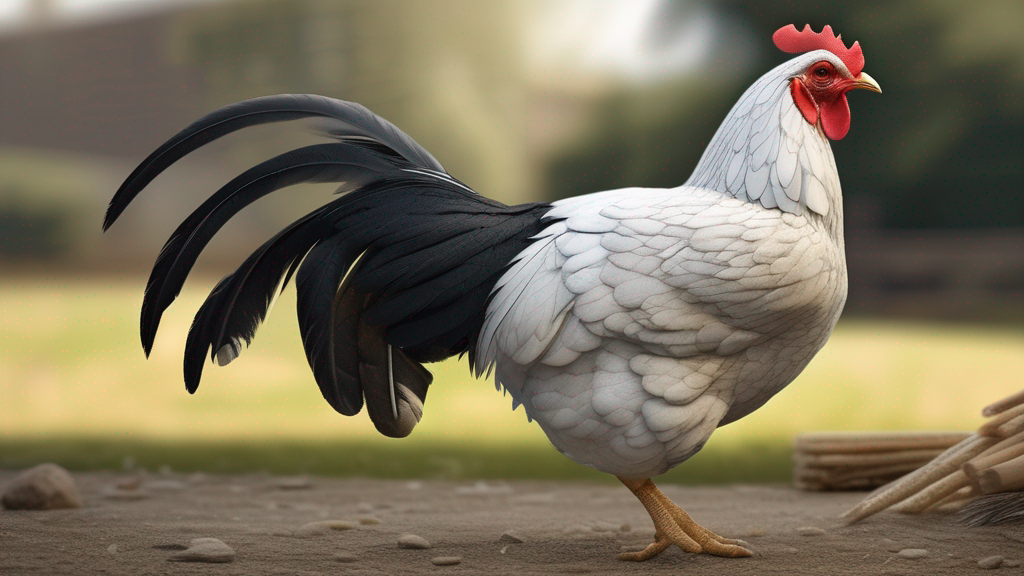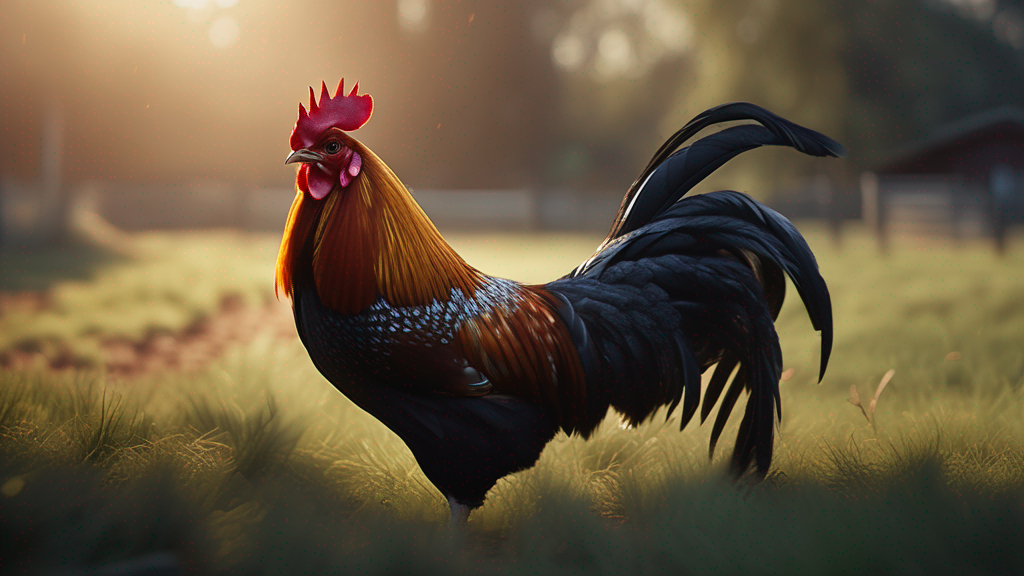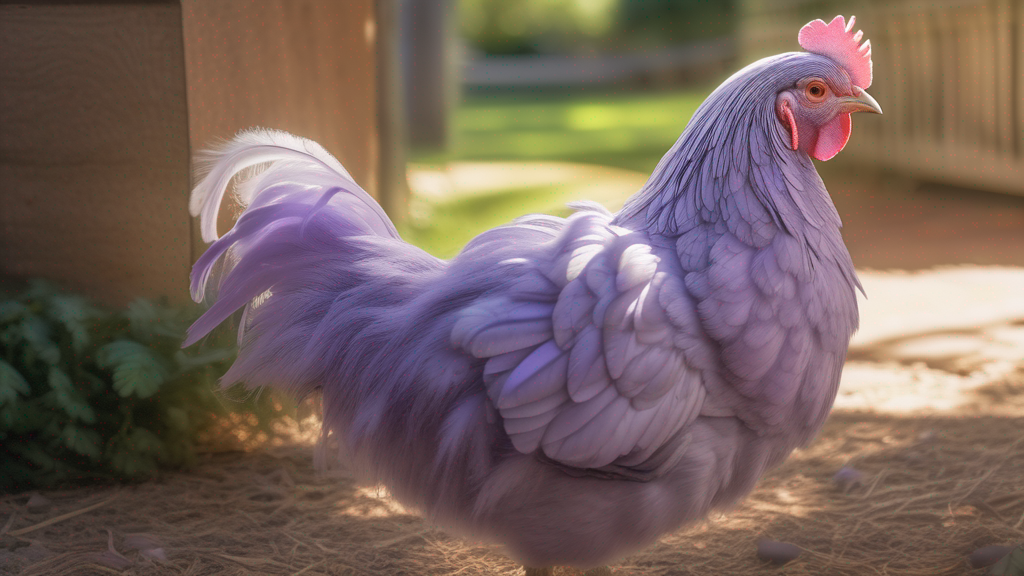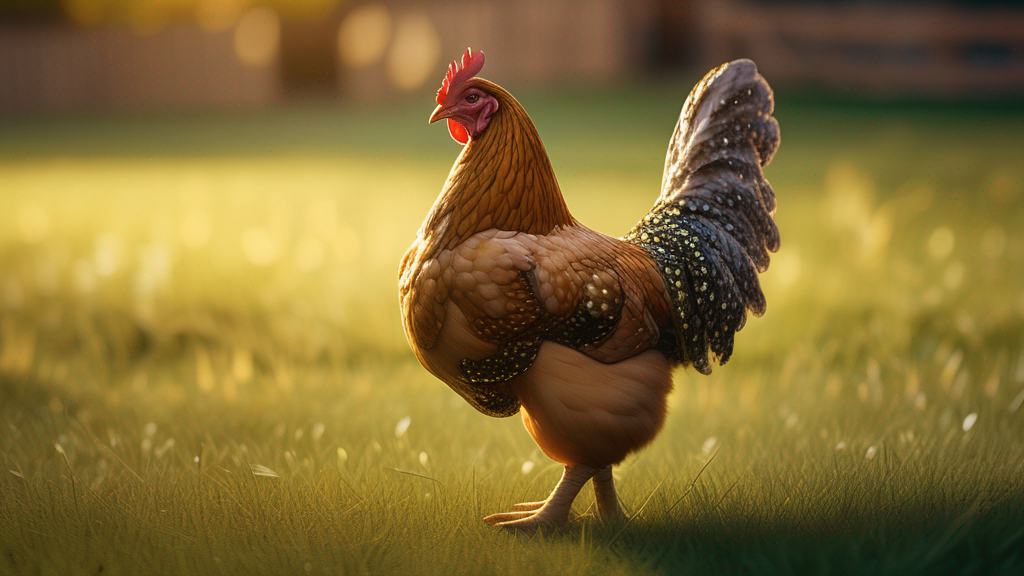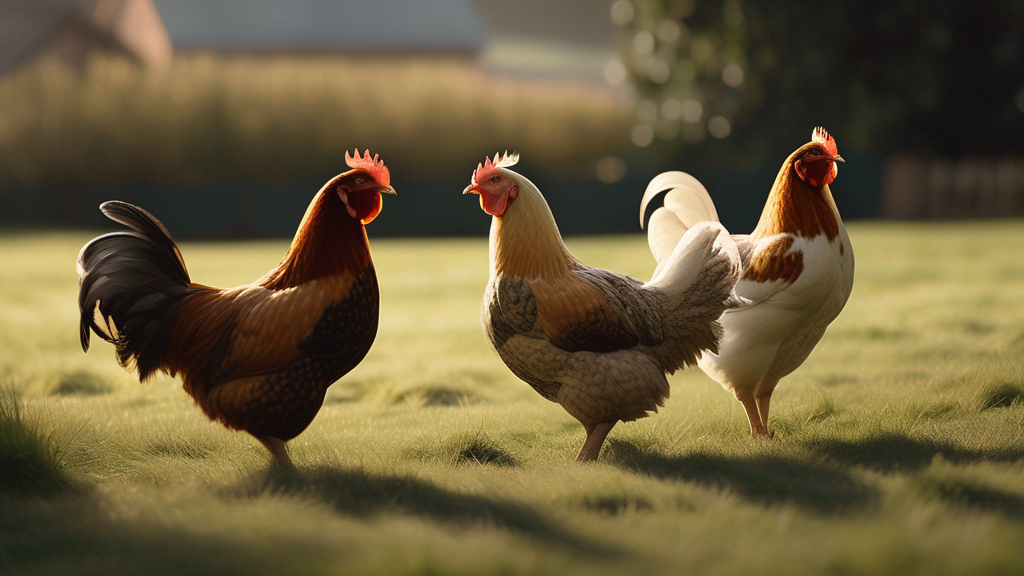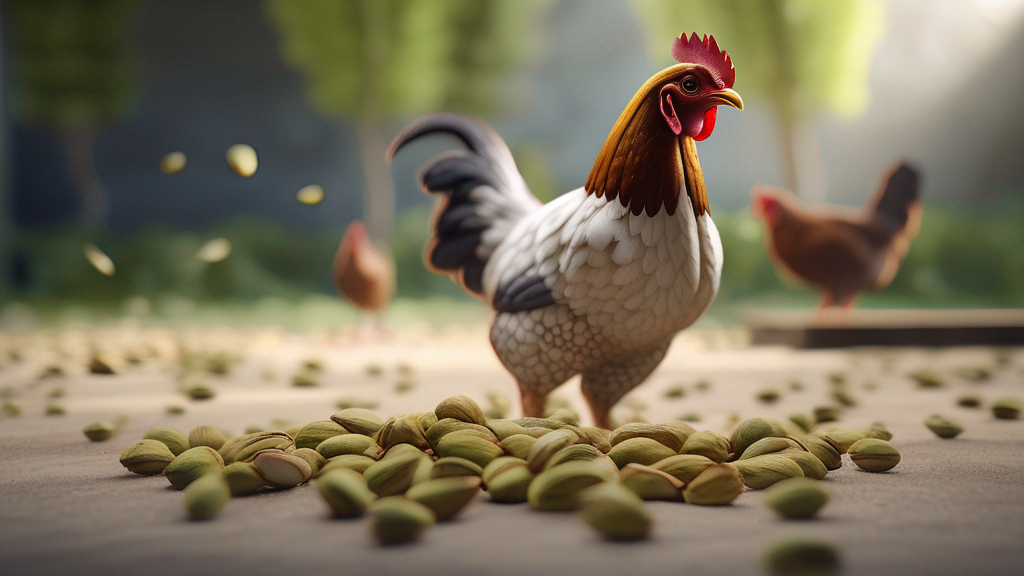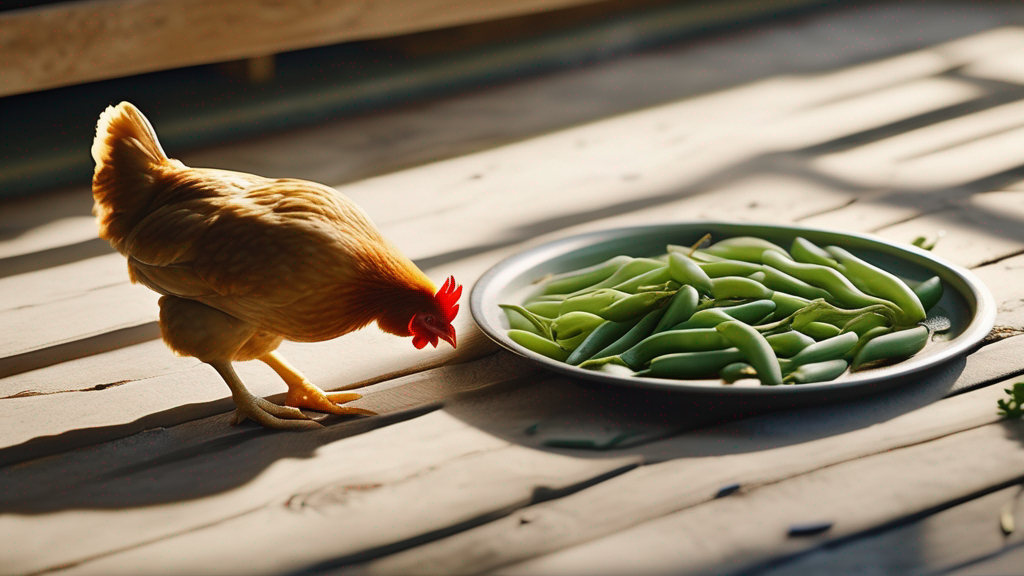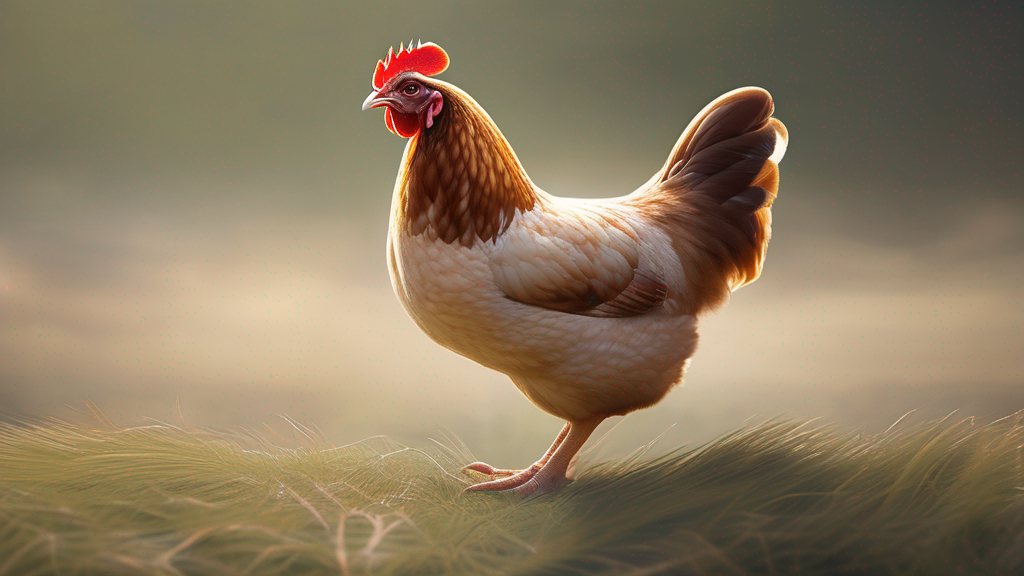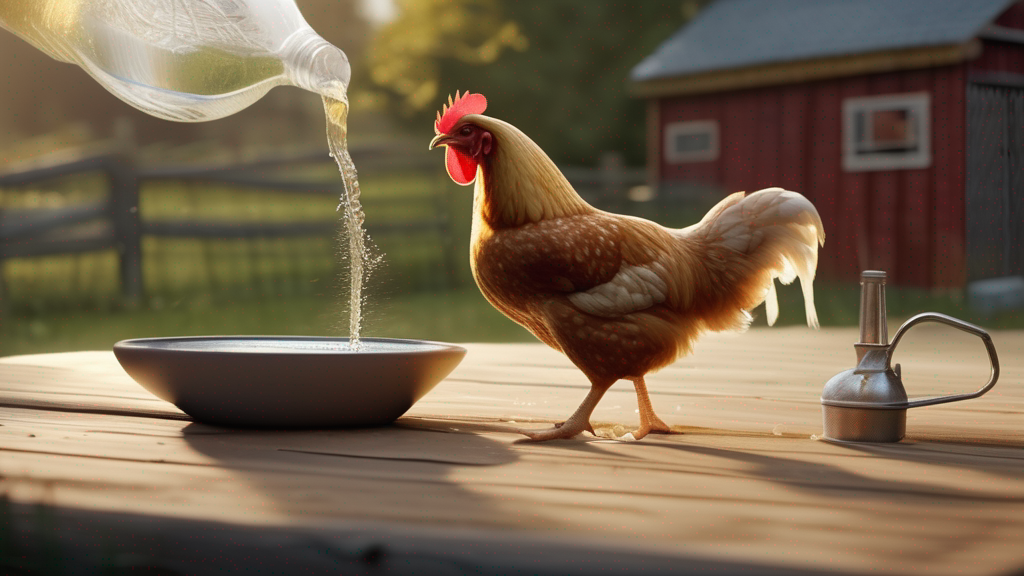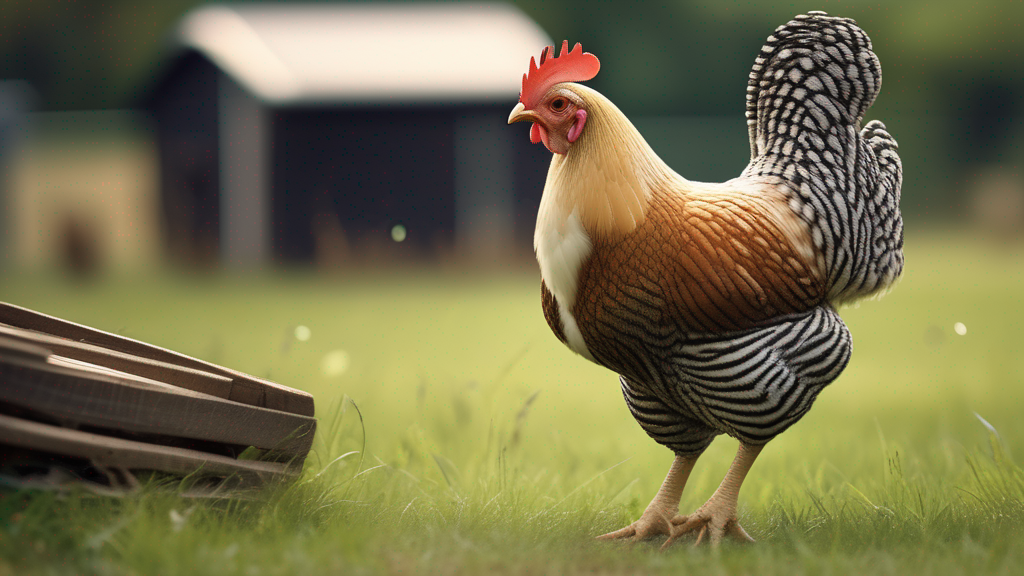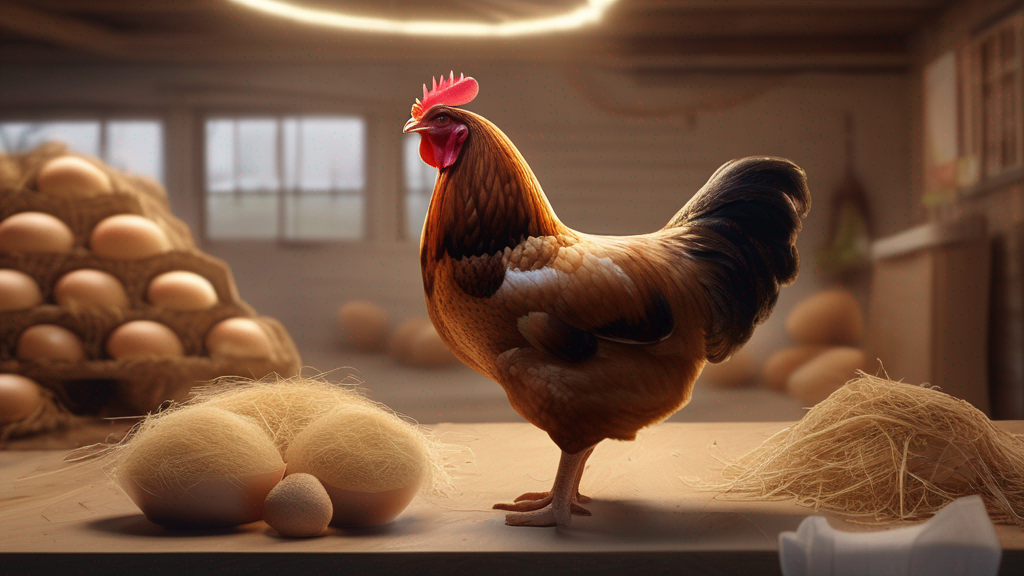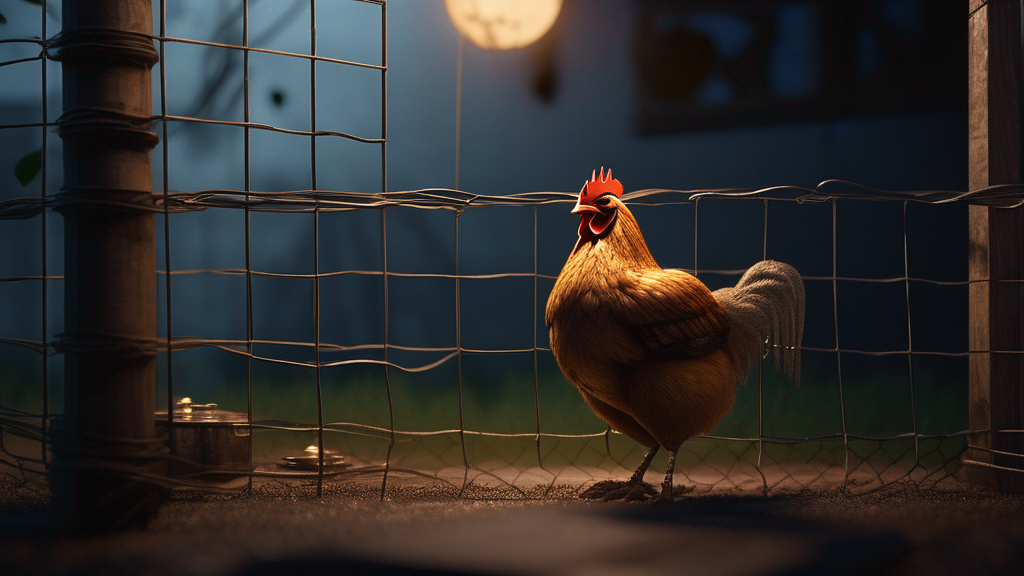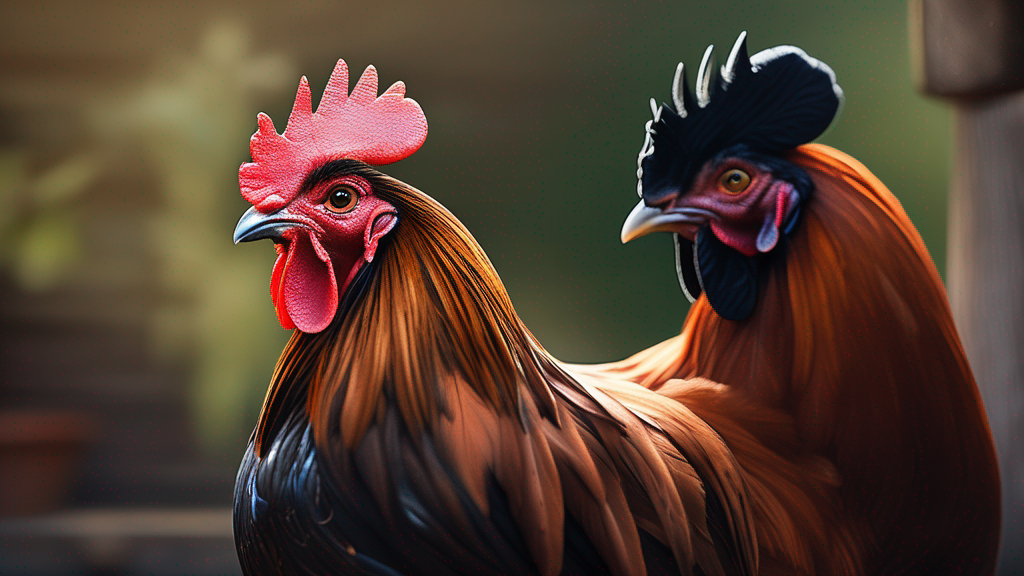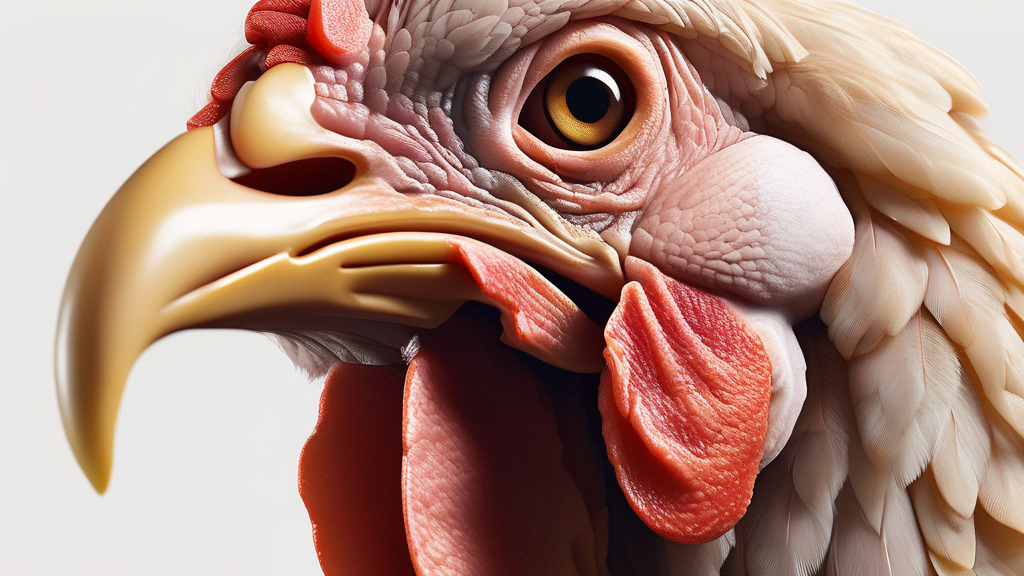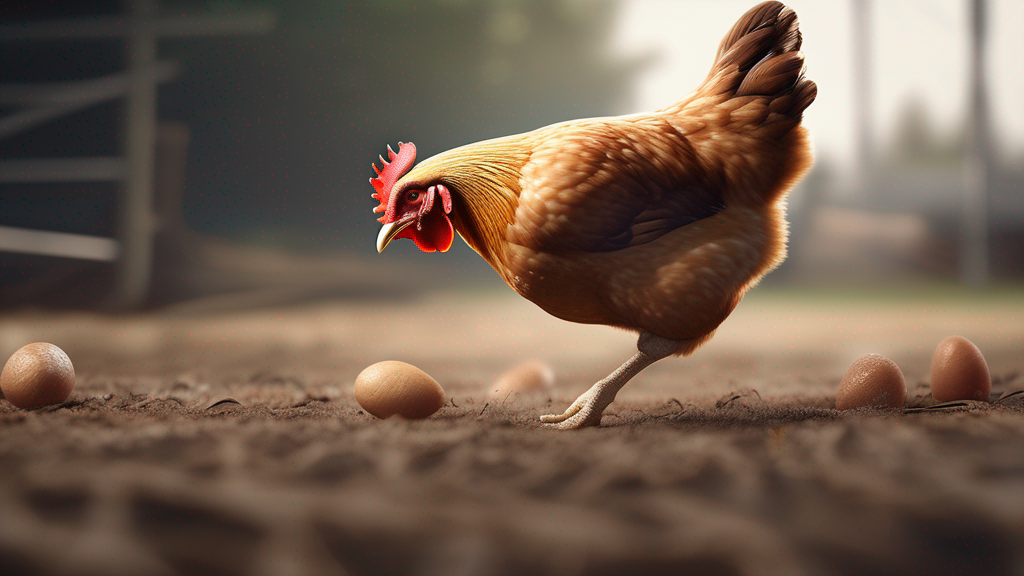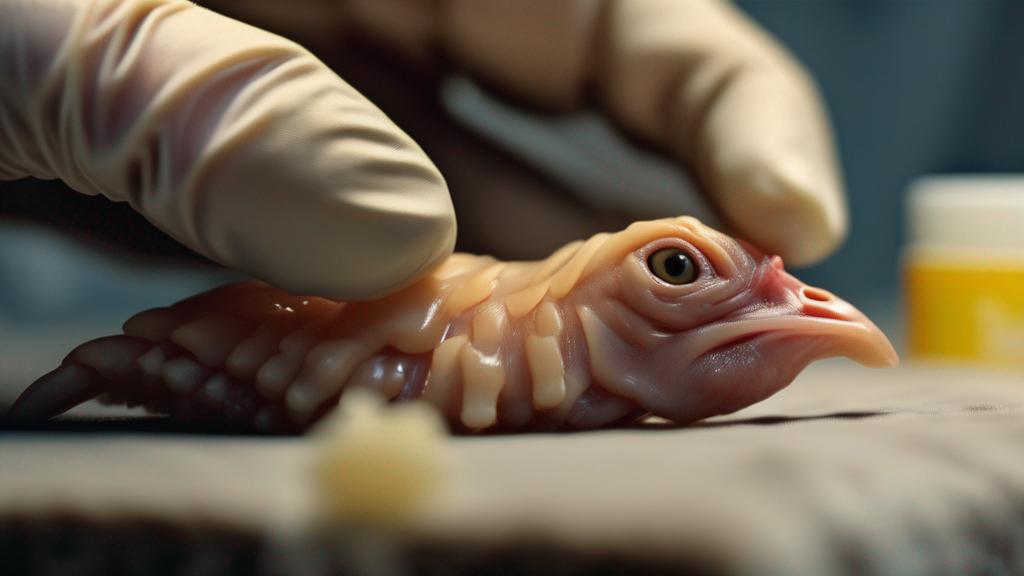Backyard chicken keepers often rely on hens for a steady supply of fresh eggs, but there are times when laying slows or stops altogether. Understanding the common causes and applying the right remedies can help restore and maintain egg production. In this in-depth guide, we explore ten primary reasons hens cease laying and provide practical fixes for each. Whether you have new layers, an aging flock, or seasonal fluctuations, these insights will help you diagnose issues and implement solutions to keep your hens productive and healthy.
1. Age and Production Cycle
Cause: Chickens have a natural laying cycle. Most productive breeds lay peak numbers in their first year, then gradually decline in year two and beyond. By year three or four, many hens lay infrequently or stop entirely.
Signs: Hens older than 18–24 months produce fewer eggs; spacing between eggs increases; shells may become thinner or irregular.
Fix: Understand breed expectations: if you keep heritage or dual-purpose breeds, expect a gentle decline after the first year. To maintain overall egg numbers in the flock, plan for flock rotation: introduce new pullets each season or year while phasing out older hens. For occasional older hens, provide optimal nutrition and lighting to extend lay, but accept that output will be lower. If you wish to maximize eggs, maintain a mix of ages, so younger layers compensate when older hens taper off.
2. Molt
Cause: Molting is a natural process where hens shed and regrow feathers, usually annually. During molt, energy is redirected from egg production to feather regrowth.
Signs: Patchy or missing feathers, new pin feathers sprouting, dull combs, reduced or halted laying.
Fix: Support molting hens with higher-protein feed (approx. 18–20% protein) or supplemental protein sources (e.g., mealworms, cooked eggs). Provide extra calories if needed, but monitor body condition to avoid obesity. Ensure a stress-free environment: minimize disturbances, maintain clean water and shelter. Accept that laying often stops for several weeks to months; resume normal layer feed once molt completes, and egg production usually returns gradually.
3. Nutrition Deficiencies or Imbalances
Cause: Inadequate or imbalanced diet can halt laying. Key nutrients include protein, calcium, vitamins (A, D3, E), and minerals (phosphorus, magnesium). Excessive treats or poor-quality feed dilute essential nutrients.
Signs: Soft or thin eggshells, irregular eggs, reduced frequency, poor body condition, dull feathers.
Fix: Provide a high-quality commercial layer feed formulated for laying hens (16–18% protein, balanced vitamins/minerals). Offer free-choice calcium (oyster shell or crushed limestone). Limit treats to under 10% of diet; avoid excessive high-fat or carb-heavy scraps. During molt or cold weather, boost protein slightly but return to layer ration afterward. Ensure clean water always available. If free-ranging, supplement with balanced feed to prevent nutrient gaps. For home-mixed rations, consult poultry nutrition guidelines or extension resources to balance micronutrients correctly.
4. Lighting and Daylength
Cause: Hens require sufficient daylight (approx. 14–16 hours per day) to maintain egg production. In fall and winter, shorter days can trigger a natural pause in laying.
Signs: Gradual decline in egg numbers as daylight shortens; minimal or no eggs during midwinter without supplemental light.
Fix: If year-round egg supply is desired, provide supplemental lighting in the coop to extend “daylight” to about 14–16 hours. Use a low-wattage bulb on a timer, ensuring gradual change (avoid sudden on/off times). Be mindful of natural rest periods; do not force continuous lay without breaks, as hens benefit from rest months for long-term health. Alternatively, accept seasonal breaks and plan flock size accordingly, expecting fewer eggs in winter.
5. Stress and Environmental Factors
Cause: Stressors—predator presence, loud noises, frequent disruptions, overcrowding, sudden changes in routine or environment—can suppress laying through hormonal responses.
Signs: Sudden drop in eggs coinciding with disturbances (e.g., predator attack attempt, construction noise, new birds introduced); anxious behavior; less time for feeding or nesting.
Fix: Identify and minimize stressors: secure coop/run against predators; maintain a calm environment; limit loud disturbances near the flock; introduce new birds gradually (quarantine, visual introductions before mixing); provide adequate space (at least 4 sq ft coop, 8–10 sq ft run per bird). Maintain consistent routines for feeding and care. Use enrichment (perches, dust baths, scattered treats) to occupy hens. Monitor behavior and address sources of stress promptly.
6. Health Issues and Illness
Cause: Underlying diseases—respiratory infections, parasitic infestations (mites, lice, worms), reproductive tract infections (salpingitis), or other systemic illnesses—can cause hens to stop laying as energy diverts to immune defense.
Signs: Lethargy, decreased appetite, weight loss, respiratory signs (sneezing, nasal discharge), poor feather condition, visible external parasites, pale comb/wattles, diarrhea, abnormal droppings.
Fix: Conduct regular health checks: inspect for mites/lice in feathers and vents; monitor droppings; check body condition. Implement parasite control: dust baths, regular coop cleaning, deworming protocols if needed. For suspect illness, isolate affected hens to prevent spread. Consult a poultry veterinarian for diagnosis and treatment of infections (antibiotics, supportive care). Ensure vaccinations or preventive measures appropriate for region (e.g., Marek’s). After recovery, support with balanced nutrition and rest before expecting lay to resume.
7. Egg Binding or Reproductive Disorders
Cause: Egg binding (egg stuck in oviduct), egg peritonitis, prolapse, or other reproductive tract issues can halt production and endanger the hen.
Signs: Hen straining without laying, lethargy, loss of appetite, breathing difficulty, swollen abdomen, pale comb, visible prolapse, or distress.
Fix: Egg binding is an emergency: isolate the hen, provide warmth (warm bath), lubrication around vent, calcium supplementation, and veterinary care if needed. For prolapse or severe reproductive infections, consult a poultry vet for appropriate interventions. Preventive measures include proper nutrition (adequate calcium and vitamins), avoiding obesity or underweight conditions, and monitoring onset of lay in pullets to prevent oversized first eggs. After recovery, allow rest before expecting normal lay. Address recurrent problems by evaluating management or culling hens prone to binding or reproductive disorders.
8. Broodiness
Cause: Some hens go broody, ceasing lay to sit on eggs. Broodiness behavior includes nest-seeking, fluffed posture, reluctance to leave nest, reduced feeding.
Signs: Hen remains in nest box for extended periods, fluffed feathers, defensive behavior when disturbed, loss of interest in foraging and laying.
Fix: Decide if broody hens are desired for hatching. If not, break broodiness: remove eggs frequently, confine hen to an open-wire-bottom cage or run to discourage persistent sitting, provide distractions (treat scattering, enrichment). Ensure she continues eating and drinking. After broodiness ends, resume normal feed and monitor for return to lay. If natural hatching is intended, provide safe nesting area with easy access to feed/water, but accept reduced egg output during setting. Plan flock size accordingly.
9. Environmental Temperature Extremes
Cause: Extreme cold or heat can reduce laying. In cold, hens expend energy to stay warm; in heat, they reduce feed intake and may conserve energy, both affecting egg production.
Signs: Reduced appetite; fluffed feathers or huddling in cold; panting, spreading wings in heat; decreased or stopped laying during extreme weather periods.
Fix: Provide proper coop insulation and ventilation. In cold climates: ensure draft-free but ventilated coop, ample dry bedding, possibly supplemental heat source (used judiciously). In hot climates: shade, good airflow, multiple water sources, misting or shallow water trays for cooling. Offer warm or cool water as appropriate; adjust feeding times (provide feed in cooler parts of day) to encourage intake. During extremes, expect reduced lay; support with quality nutrition and water so hens resume when conditions moderate.
10. Changes in Flock Dynamics or Social Hierarchy
Cause: Adding or removing birds, introduction of new roosters or hens, or shifts in pecking order can stress hens, interrupting lay until hierarchy stabilizes.
Signs: Sudden drop in egg numbers following introduction of new birds, increased pecking or bullying incidents, shy hens avoiding feeders or nesting boxes.
Fix: Introduce newcomers gradually: quarantine, then visual introduction before physical mixing; use neutral territory or feed-time integration to diffuse tension. Provide multiple feeders, waterers, and nest boxes spaced apart so lower-ranking hens can eat and lay without intimidation. Monitor for bullying; separate aggressive birds if necessary until hierarchy settles. Maintain stable routines to minimize ongoing stress. Once flock dynamics stabilize, laying usually resumes.
Summary Table: Causes and Remedies
| Reason Hens Stop Laying | Key Signs | Practical Fixes |
|---|---|---|
| Age & Production Cycle | Gradual decline after first year; fewer eggs | Maintain mixed-age flock; introduce new pullets; accept lower output from older hens |
| Molt | Patchy feathers; halted lay during feather regrowth | High-protein feed; extra care and rest; resume layer feed post-molt |
| Nutrition Deficiencies | Thin shells; irregular eggs; poor body/feather condition | Quality layer feed; free-choice calcium; limit treats; clean water |
| Lighting & Daylength | Lay drop in fall/winter | Supplemental lighting (14–16 hrs) or accept seasonal rest |
| Stress & Environment | Sudden drop after disturbances; anxious behavior | Secure housing; consistent routine; minimize stressors; provide space & enrichment |
| Health Issues | Lethargy; respiratory signs; parasites; weight changes | Regular health checks; parasite control; veterinary treatment; isolate sick hens |
| Egg Binding/Reproductive Disorders | Straining; swollen abdomen; pale comb | Immediate care (warm bath, lubrication, calcium); vet assistance; preventive nutrition |
| Broodiness | Persistent nesting; fluffed posture; reduced foraging | Break broodiness (remove eggs, confinement, distractions) or support natural setting |
| Temperature Extremes | Reduced appetite; panting or huddling | Insulated/ventilated coop; shade, water, seasonal feeding adjustments |
| Flock Dynamics | Drop after new additions; bullying signs | Gradual introductions; multiple resources; monitor and manage hierarchy |
Practical Tips for Monitoring and Long-Term Success
- Keep Records: Track egg counts daily to spot declines early. Note dates of molt, new bird introductions, feed changes, or health events to correlate with lay patterns.
- Regular Observations: Spend time watching flock behavior, body condition, comb color, and droppings. Early detection of issues allows quicker interventions.
- Maintain Routine: Feed, water, and cleaning schedules help reduce stress. Even simple predictability supports laying hens.
- Provide Enrichment: Perches, dust baths, foraging opportunities reduce boredom-related stress and encourage natural behaviors that support health.
- Balanced Flock Composition: Keep a mix of ages; avoid too many new pullets at once. Plan introductions in small groups to minimize social upheaval.
- Seasonal Planning: Anticipate winter lay dips; store eggs in advance or adjust expectations. Prepare for molt seasons with nutrition plans.
- Consult Experts: Work with poultry veterinarians or extension services when facing persistent or severe issues. Reliable diagnosis and tailored treatments improve outcomes.
Conclusion
Egg production can fluctuate for many reasons—age, molt, nutrition, lighting, stress, health, broodiness, environmental extremes, and social dynamics all play roles. By understanding these ten common causes and applying targeted remedies—ranging from balanced diet and lighting adjustments to health interventions and stress reduction—you can help your hens resume laying or maintain steady production. A proactive approach with regular monitoring, good record-keeping, proper housing, and appropriate flock management ensures that when challenges arise, you have the tools to address them promptly. With attentive care and planning, you can maximize egg yield, support hen health, and enjoy a productive backyard flock.
